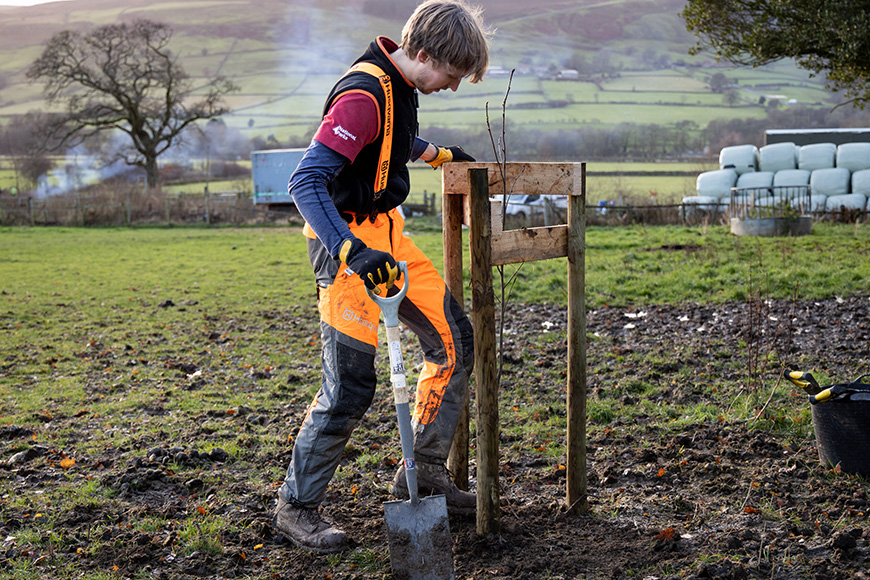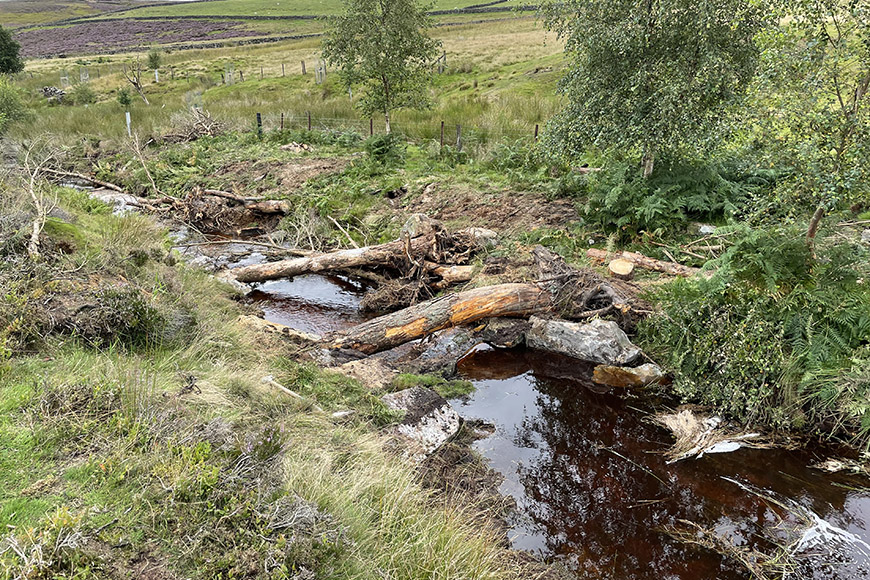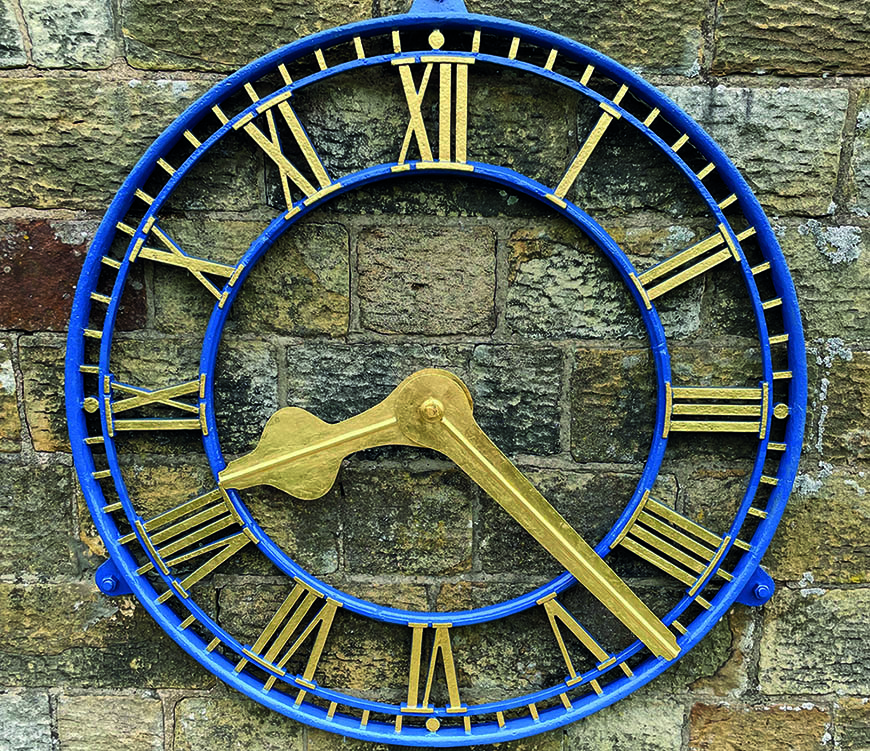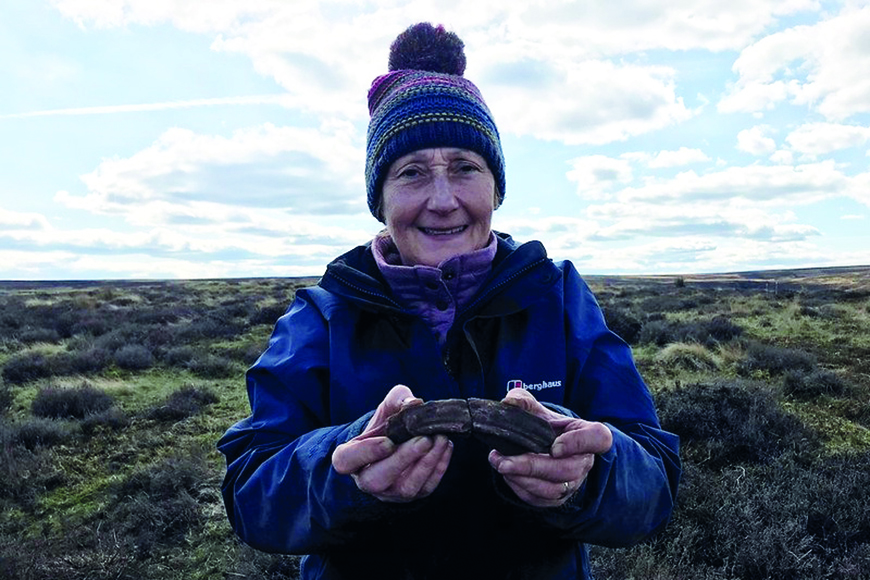Readers will know that the North York Moors National Park Authority has a set of planning policies, laid out in its Local Plan that are used to help decide the outcome of planning applications.
The Local Plan tries to balance the overriding need to conserve and enhance the natural beauty, wildlife and cultural heritage, with the need for new homes, jobs and services for communities in the National Park. While major developments in landscapes as special as the North York Moors are rare, in exceptional circumstances and where it can be demonstrated that they are in the public interest, these too can be granted permission. Examples you will be familiar with are the Woodsmith Mine development, Boulby Mine, and the replacement of Arqiva’s mast at Bilsdale. Developments such as this are often associated with a Section 106 (S106) legal agreement.
What is a Section 106 agreement?
Section 106 of the Town and Country Planning Act 1990 allows a local planning authority to enter into a legally binding agreement with a developer that requires them to provide pre-agreed wider benefits, alongside their intended project. This can include measures to boost biodiversity, improve local infrastructure or provide affordable housing.
Ultimately, S106 agreements are designed to mitigate and compensate for any impact a development may have on important interests such as local communities, the environment or tourism. If developers are not in a position to mitigate for their activities through their own work (for example by building a proportion of their project as affordable housing), they will be required to pay into a fund overseen by the Local Authority. In the North York Moors National Park, S106 agreements can be used to provide funding for specific areas of conservation work. Here we look at a few recent examples of how S106 funding has been used across the North York Moors.
Rights of Way improvements

S106 agreements frequently include funding earmarked for local Rights of Way improvements. For example, Yorkshire Cycle Hub pay a small annual S106 fee to fund any repairs or maintenance required to the bridleways around the area, which may see increased usage as a direct result of the Hub.
In 2021/22, a grant of £25,000 from S106 contributions also saw the repair of the Cleveland Way National Trail at Boggle Hole, which had forced the closure of the Youth Hostel following a landslip. The pathway to the Kilburn White Horse from Sutton Bank has also been improved for use by Trampers, including a new crossing point on the A170.
Trees and woodland management

The National Park’s ‘landscape tree scheme’ is an example of a grant programme funded entirely through S106 contributions. Rather than create whole new woodlands, the landscape tree scheme is unique in its ambition to plant standalone trees in fields or along existing hedgerow boundaries. The hope is that the newly planted trees will become the veteran trees of the future, standing in the landscape for many hundreds of years. This is particularly important at a time when we are witnessing the loss of many of our ash trees due to widespread ash dieback.
The scheme is open to anyone who has the space available to plant at least ten trees around their land, which ideally would be a mixture of species, helping to reduce the risk that they succumb to any particular disease. The saplings are provided and planted for free and are maintained and cared-for by the National Park Authority’s woodland team for three years, ensuring they get the best possible start.
Enhancement of the natural environment

To compensate for the temporary damage to moorland during the replacement of Arqiva’s TV and radio transmitter at Bilsdale, a package of local habitat improvements are being carried out, along with work to address light pollution. This has included river restoration works to create a more natural river at Bonfield Gill. Works have been undertaken to restore natural processes by reconnecting the river with the surrounding floodplain and returning channel features, which were removed as a result of the devastating 2005 floods. The installation of large woody material, shown above, blends in with the local setting and helps improve in-channel diversity by creating pools and encouraging a more curvy watercourse, supporting a greater variety of flora and fauna both in and adjacent to the water.
Across the National Park, S106 funding has also seen the creation of new hay meadows, the control of invasive non-native species and work to remove barriers to fish migration in our rivers.
Restoration of heritage assets

Last year saw the reopening of the beautiful and historic orchid house at Helmsley Walled Garden. The timber-framed glasshouse, originally built around 150 years ago, has undergone a £60k refurbishment, which at one point saw all 976 panes of glass painstakingly removed. The project was possible thanks to a £30k grant from the National Park Authority, which arose from Anglo American’s S106 heritage commitments. This was alongside £13k in public donations and further funding from additional local schemes. The orchid house is now a glorious space for exhibitions, crafts, plants and volunteer events.
Other heritage projects that have used S106 funding include the restoration of St Mary’s Church clock in Goathland and a project to repair, reinstall or replace historic signposts around the National Park.
Archaeology

During the preconstruction phase for the Woodsmith mine development, an aerial survey of the surrounding landscape, known as LiDAR mapping, identified an area in the north of the National Park of potential archaeological interest. In April of this year the site was excavated, and evidence of what is believed to be a prehistoric farming settlement was discovered. Finds included a Bronze Age tanged arrowhead, a range of different flints and a collection of Roman pottery sherds. Further work at this site is anticipated in the future.
Mike Hawtin, Head of Nature Recovery projects at the North York Moors National Park commented:
“Many areas of the National Park are very highly protected, but we are not completely immune from change. When major developments are given permission, they can lead to impacts such as noise, light, increased traffic and changes to the natural environment or landscape. Section 106 agreements are legal obligations designed to compensate for these impacts, often well beyond the initial disruption of the development period. They do not mean that large scale developments in a National Park should be seen as a good thing, but sometimes they are necessary for a wider need and our role as a National Park Authority is to ensure developments are carried out as agreed and that where possible, the final result achieves a net-positive impact.
For the most part, the more significant impacts of a development, such as those listed above, are temporary, however the work funded by Section 106 agreements can have far-reaching environmental and social and economic benefits that span many generations.”
